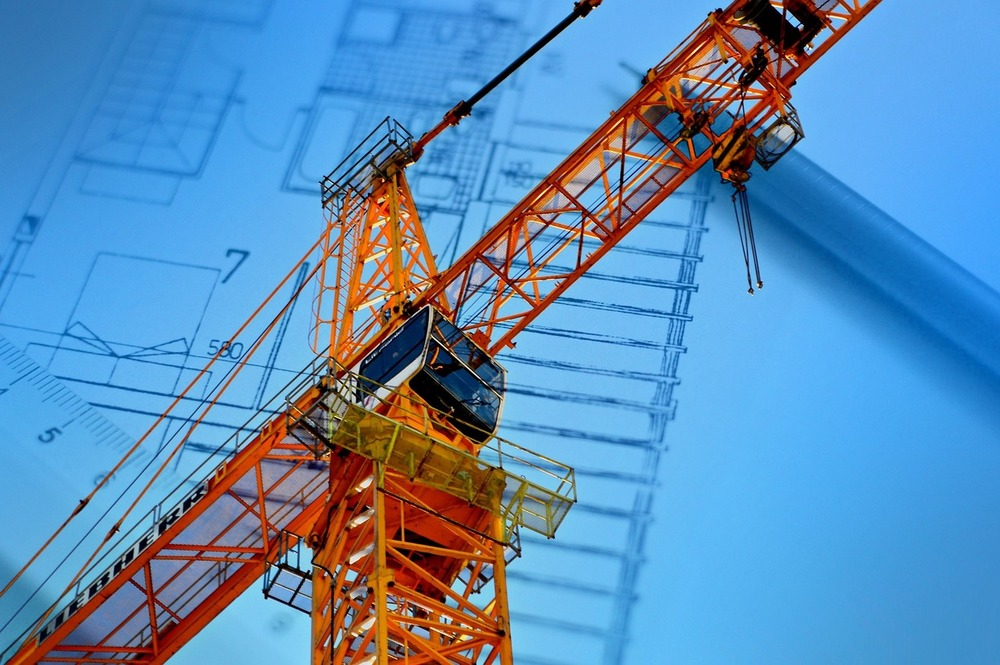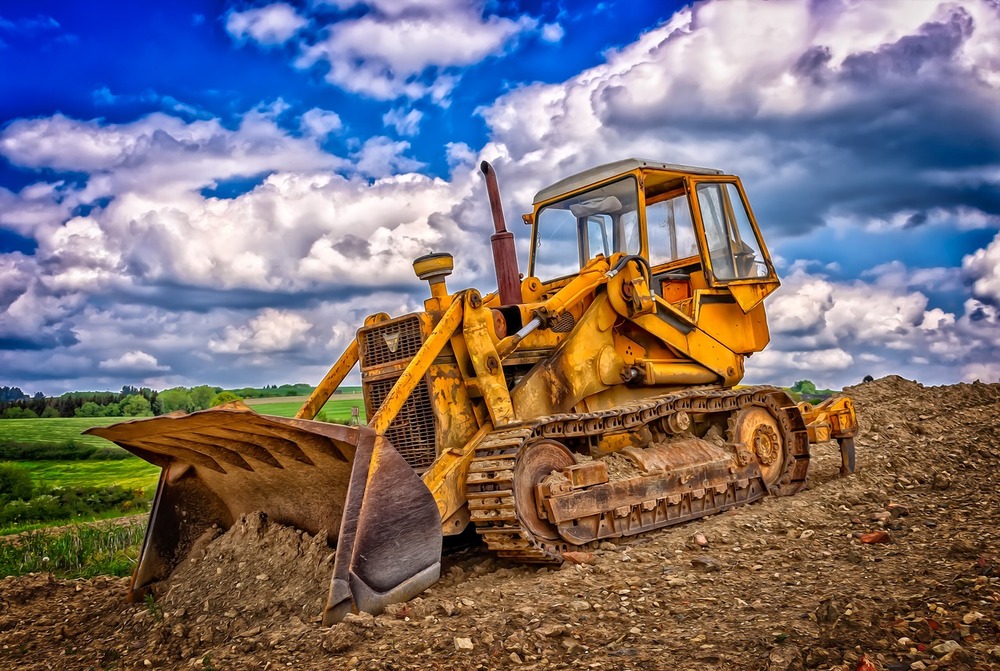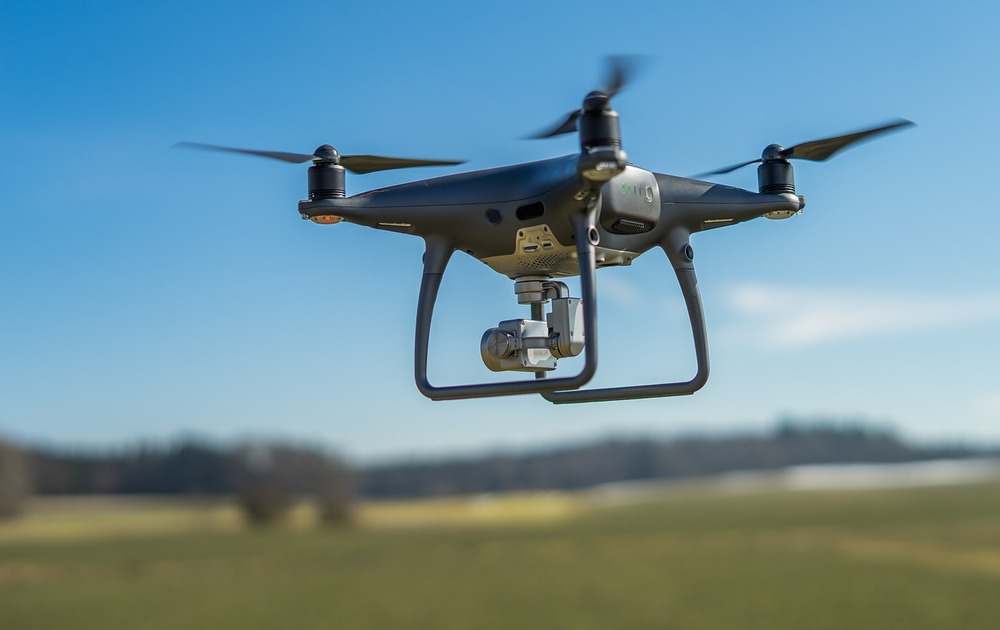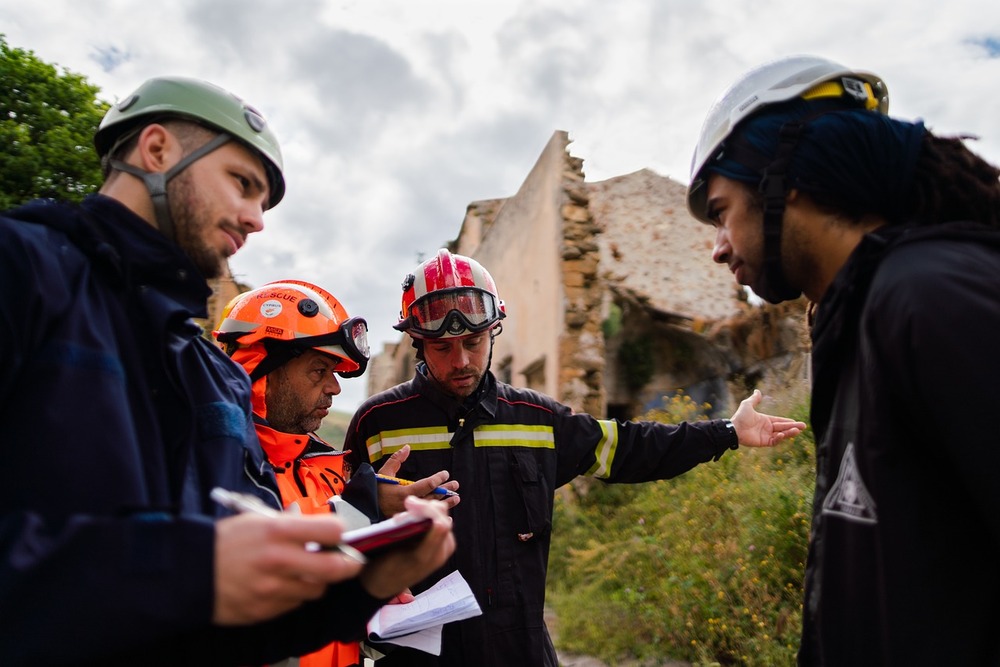We offer you and your projects’ partners a win-win solution based on a solid, long-lasting, fruitful relationship
You outsource the mundane & concentrate on what you do best
_This article is part of a blog series on Health and Safety issues on construction sites.
Designers, architects, engineers, and contractors are all involved in construction sites to respect health and safety regulations. Working on construction sites can be great for your career and even more satisfying for site and project managers, who oversee the safety of their teams.
They must manage the construction complexity, operate heavy machinery, and minimize risks. According to the United States Bureau of Labor Statistics (BLS) 1 in 5 deaths at work occur in the construction industry.
You must protect your team, encourage them to use their rationality, and provide them with training in fall protection, and how to wear personal protective equipment (PPE). Proactivity is crucial to guiding the safety of each laborer.

Rules and regulations are designed to care for your staff, you must ensure the team knows the ones that apply to them.
Safety in construction is a Worldwide issue, and all countries have regulations and regulatory bodies that set and enforce safety standards on construction sites. Your main focus must be to protect and maintain a safe site and machinery.
For example, the regulation requires that if you work six feet above ground, fall protection measures such as guardrails, safety nets, or personal fall arrest systems must be in place. It could also require that all equipment be regularly inspected and operated exclusively by trained personnel, so ensure your staff possess the right certifications and are familiar with the safety protocols for each machine.
When you integrate safety standards into your workflows, you improve the efficiency of your construction site.

You must develop your policies and organizational safety plans with specific procedures and policies, as described below
Your safety gear prevents accidents on construction sites. Your staff must wear adequate PPE on your construction sites like earplugs, gloves, hard hats, safety boots, and goggles.
PPE wears down and must be inspected and assessed, and if found inappropriate, you must replace it immediately.
#### Training
You must provide training regularly. Regulations change, and new equipment appears on the market; best practices improve all the time. It is crucial to meet on safety topics regularly to update your staff and reinforce their safety is important to you.
Some tasks require specific training. They must be planned before the task starts. For example, maintenance training of dangerous machinery to prevent accidents or injuries. The message is simple: be vigilant and attentive to your environment.
Accidents often happen when your staff are not paying attention to the environment. They must be continuously reminded of the dangers and hazards to prevent injury.
Your staff must look for potential hazards, including the following dangers: falls of tools, malfunctions of equipment, and accidents from sharp material. They must report to a supervisor who should address this promptly.
Staff must have no distractions, such as a cell phone, that may put them in danger. Your staff must always be looking up, down, and around when somebody is working above them to avoid being surprised by hazards.

Using tools and heavy machines with care can prevent accidents. It is crucial to train them on how to handle them properly on the construction site.
Proper Handling and Operation
You should only assign the task of handling a piece of dangerous equipment to staff who have received training. For example, forklifts and cranes require special safety training.
If your staff identifies damaged or unsafe equipment, they must shut it down to prevent it being used until it is resolved. Likewise. Provide your staff with a reliable system to voice their worries about tools, gear, and any safety issues.

Accidents mainly occur in a disorganized site; it is crucial to maintain good housekeeping practices. This requires removing supplies and tools that are not in use and storing them off-site if possible. Implementing a solid dust management plan can avoid respiratory issues.
Disposing of hazardous waste materials, such as chemicals, is a crucial safety element. Supervisors must insist on regular cleaning schedules, determining who should clean daily, so everyone knows what to do and when to maintain a safe environment.

Construction must use adequate lifting techniques when carrying supplies and materials to mitigate the risk of back injury.
To avoid back strain and back injuries, your staff must lift by bending at the hips and knees. If possible, they must avoid lifting heavy loads above the shoulder or twisting while lifting. If an object is too big for a single person, the staff member must ask help from another worker to prevent injury.
Mechanical aids, such as pallet trucks and scissor lifts, help handle heavy materials and supplies to avoid back injury. You must tell your staff where to find mechanical lifting equipment.

Unfortunately, falls are a common type of construction site accident—yet almost all falls can be prevented with the proper safety measures in place.
Your staff must be aware of the usual fall hazards on the construction site, where and what the dangers are, so laborers stay safe.
Fall hazards can be prevented by wearing the right shoes, maintaining construction sites clear of debris, and reporting ongoing fall hazards to supervisors.
Fall protection equipment mitigates the risk of fall injuries on construction sites, it must be used by your staff when they are in areas with potential fall hazards. What are the types of equipment?
They safely stop a worker who is falling, They consist of full-body harnesses, shock-absorbing lanyards, and retractable lifelines.
They stop workers from reaching boundaries where they could fall. They are mainly a fixed-length rope attached to the worker’s harness and a fixed point.
They are guardrails, safety nets, and toe-boards installed on high platforms to prevent falls.
Your staff must understand how to use the equipment above, to safeguard themselves when working at heights.

If the staff is not comfortable reporting unsafe conditions, accidents may happen. You must create a culture of safety reporting, so your staff know safety is truly your number one priority.
Your staff must investigate and report potential safety issues. You must take them seriously and remediate them as soon as possible. Your staff must have the possibility to submit safety concerns anonymously when something isn't right.
Your supervisors must be the first people to know about safety concerns and address them properly. Sometimes the issue needs to be escalated to resolve it properly.

Your staff must prioritize their health and wellness by drinking and taking breaks.
Working in the heat is exhausting and dangerous, for your staff. To mitigate the risk of heat stroke, they should drink, wear light clothes, and apply sunscreen.
Train your staff to recognize signs of fatigue, heat exhaustion, and even heat stroke on the job, such as headaches and/or dizziness, sudden lack of sweat or perspiration, shallow breathing, and hot, red skin.
If heat stroke or heat exhaustion unfortunately strikes, the staff must be removed from the job site in an air-conditioned work truck to recoup. In some cases, medical attention may be necessary. All workers should look out for themselves and one another.

Take care of safety on your construction sites to avoid accidents and boost your productivity.
Your staff must take care of themselves, wear PPE, and report any safety issues to be remedied as quickly as possible.
At Driving Vision, we offer an organizational diagnostic to evaluate your skills. We may discover gaps to be filled internally or externally.
To be BIM ready, your people must be interdependent, and your technology unified to protect your employees and equipment on site
The organization report is central to a successful full BIM adoption, in line with the types of projects you produce and your clients’ organization.
We will conduct the interviews online and issue a report to discuss our findings with you. Together, we will decide on the best way to implement the solutions at your pace and according to your budget.
Implementing BIM can be daunting, but Driving Vision is here to help you at the pace you are comfortable with. Get started by getting in touch now
We act as your BIM coordinator
We Support your BIM IT
We Train & Coach you
We Innovate in Technology
We offer you and your projects’ partners a win-win solution based on a solid, long-lasting, fruitful relationship
You outsource the mundane & concentrate on what you do best
